Aberrations in Dungeons & Dragons are creatures that defy the natural laws of the world, embodying the strange, alien, and often terrifying. Originating from distant planes, the Far Realm, or ancient, forgotten places, aberrations possess bizarre anatomies, unnatural abilities, and minds that operate beyond mortal comprehension.
From the iconic beholders to the mind-controlling illithids (mind flayers), these entities often serve as powerful foes in campaigns, challenging adventurers both physically and mentally. In this article, we’ll explore what defines aberrations, their common traits, origins, and how they can add an otherworldly horror to your D&D adventures.
What Is An Aberration?
The aberration creature type is described as encompassing beings that are utterly alien, impossible to fully comprehend by mortal minds.
They are often too strange to describe, with creatures like the gibbering mouther being just a mass of mouths and sharp teeth.
The concept of an aberration is thematically linked with cosmic horror, so it is by design that the creatures that fall in this category can’t be fully understood.
Cosmic horror is also closely tied with body horror, hence why many of these monsters involve twisted bodies or the transformation of humanoids into their own kind.
Aberration Traits
Most aberrations can be directly or indirectly linked to the Far Realm, a plane outside the multiverse that can drive even the gods mad.
This makes aberrations aliens even in a setting with plenty of space or planar travel, since many of the worlds players visit still follow the laws of logic and physics.
Even when not tied to the Far Realm, aberrations would still trace their origins to a time so long ago it might as well be a different plane of existence.
Seeking detailed answers to an aberration’s plans is futile, since it would either be incomprehensible or too nonsensical for a mortal to grasp.
How To Use Aberrations In A Campaign
Aberrations can work as both background creatures of an adventure, and the overarching adversaries of a long campaign.
However, you need to choose the creatures within this classification carefully, since they tend to be either unfathomable monsters or infallible masterminds.
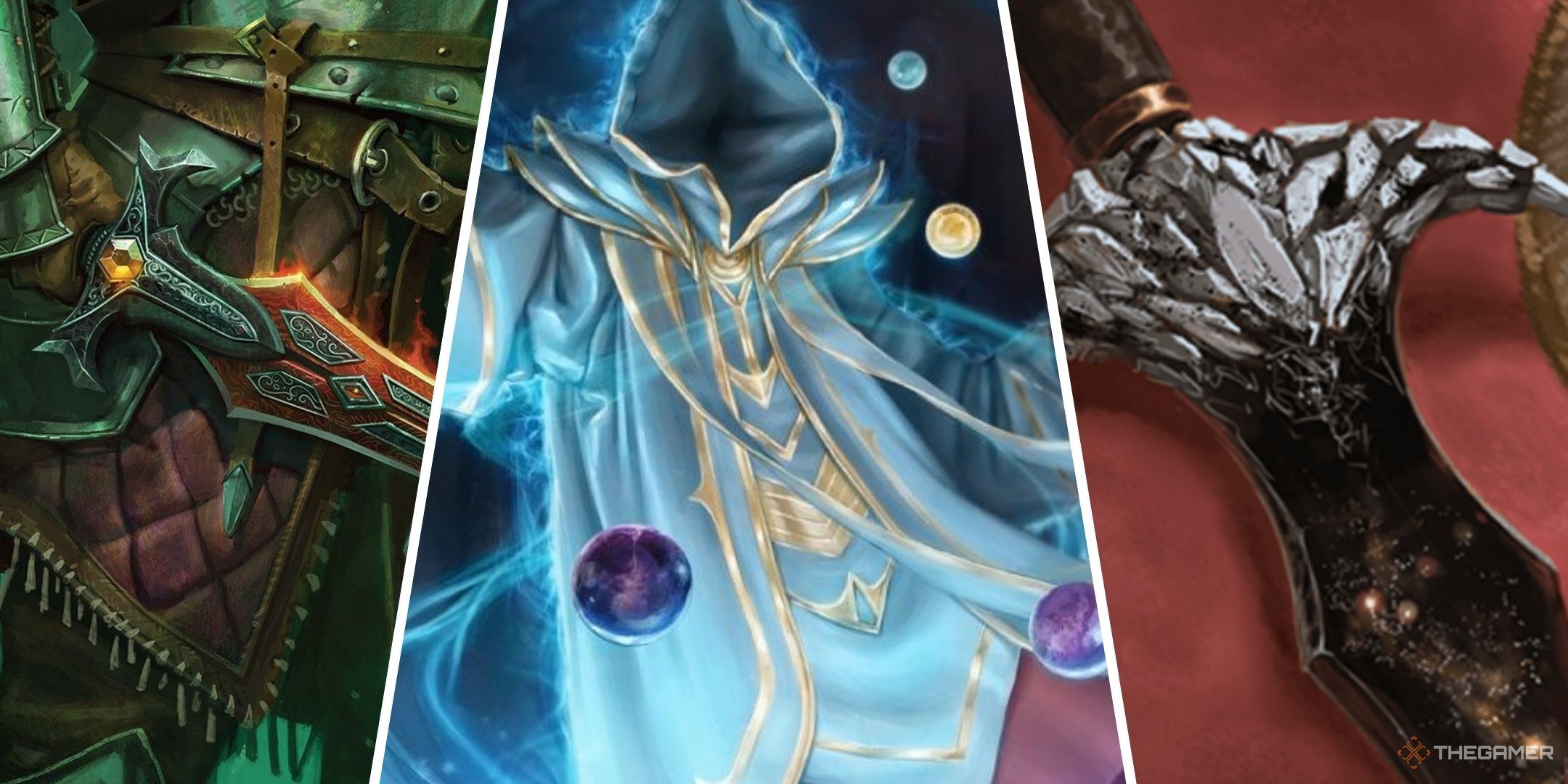
Related
Dungeons & Dragons: 20 Best Legendary Magic Items
These legendary magic items certainly live up to their title.
No matter your angle, the players shouldn’t be able to understand the ultimate goal of these creatures, at least until it is too late. The upside of this is that you, as a Dungeon Master, don’t have to fully comprehend their plans either. Just don’t tell your players that.
Aberrations In An Adventure
Aberrations can be the monster that lurks just beyond the darkness, ready to strike at the unsuspecting party. Such usage makes full use of a given creature’s stat block, but it wouldn’t be much of a narrative villain other than it terrorizing the local community.
Great creatures for such an adventure are darkmantles, cloakers and chuuls, ambushing players in the deepest corners of the Underdark.
They make encounters memorable not only for their unique movesets, but also for their strange visages; take advantage of all the illustrations in the 2025 Monster Manual to aid you in setting the scene.
If you want a slightly more complex encounter while keeping the alien terror, beholders work great here. They can also be deep schemers, but most beholders are mad and live in secluded areas where they make paranoid plots against unexisting enemies.
Aberrations In A Campaign
A campaign about aberrations should start slowly, with the threat of the unknown not being immediately apparent.
Small hints can be spread out, but no matter if your final encounter is a mind flayer, an aboleth or a slaad, they should be careful not to show their hand too soon.
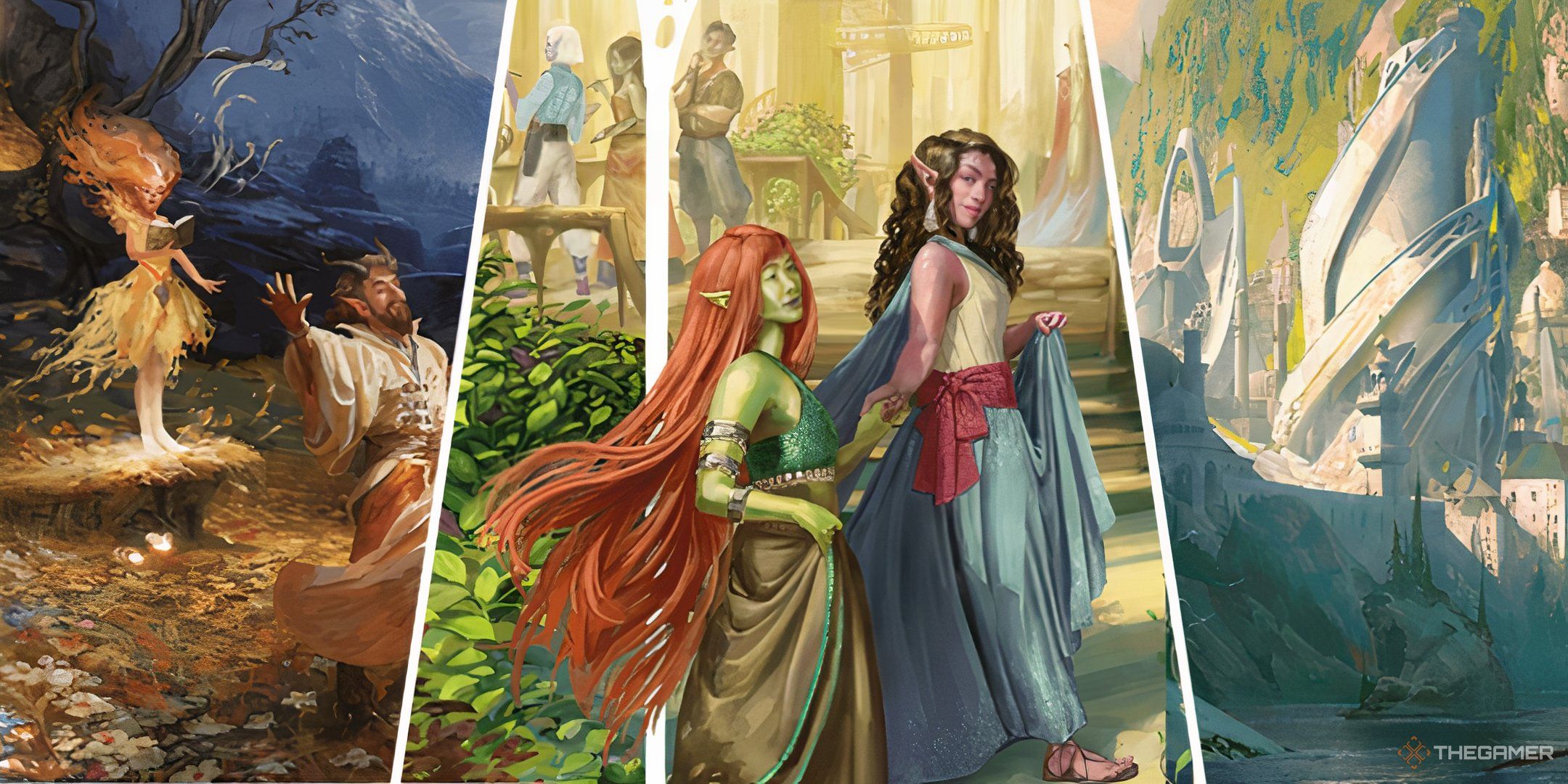
Related
Dungeons & Dragons: The Types Of Elves Explained
Elves come in many shapes and forms in D&D. Check out your favorite ones.
Dig deep into the lore of your chosen aberration to know how it functions, and how it can best act as a villain in a story.
However, don’t dig too deep into the cosmic horror roots, since this is still Dungeons & Dragons and the heroes should have a way to prevail at the end.
Aberration Examples
Not all aberrations are created equally, and the 2024 Monster Manual has made this evident with the varied host of creatures making up the type. These are the most notable creatures that make up the aberration family, acting as hidden foes or unexpected allies.
Aboleth
Aboleths are a perfect example of an aberration’s ability to warp minds without needing an entire cult dedicated to them, although they often have one.
They can eat the memories of their victims and even charm them to their will, turning even their enemies into unwilling allies.
The best way to use an aboleth is as the monstrous leader of an organization, with the players thinking that they are hunting for a regular-sized humanoid.
Then, venturing to the deeper chambers of their enemy’s base, they start to slowly realize that whatever is behind the story’s plot is not native to the Material Plane.
Beholder
Even though beholders are considered lawful evil, their moveset is chaotic in nature, since not even the Dungeon Master knows how the creature will act.
This is due to the mechanic surrounding the Eye Rays, where a D10 is rolled to decide which ray in particular the beholder uses.
Beyond this aspect, beholders are selfish and paranoid individuals who consider themselves above all other creatures.
They can sometimes be found ruling over others in guilds and secluded temples, but their stories rarely involve a larger plot beyond the scope of a single city.
Flumph
The only good aligned creature you’ll find among the aberrations is the flumphs, strange squid-like creatures that roam the Underdark feeding off of small amounts of psychic energies. While not the least bit scary, flumphs are potentially from the Far Realm just like most aberrations.
Flumphs don’t do much in combat, although most creatures tend to ignore them. They are just as capable of aiding a hero as they are a villain, for they don’t need a reason to help someone achieve their goals; for the most part, however, their aid is meaningless.
Gith
Classified as aberrations in the 2025 Monster Manual, the gith used to be humanoids that suffered greatly after eons of enslavement by the mind flayers.
They survive as two separate factions – the githyanki and the githzerai – doing their best to find their place in the multiverse.
While not often used as foes, getting in the way of the gith can be deadly. When using them in an aberration-centered campaign, however, they can be the greatest allies the players can find, since their alien minds are better suited at dealing with the nightmares beyond the cosmos.
Mind Flayers
The mind flayers are the ultimate aberration enemy you can find in Dungeons & Dragons, and they come pre-equipped with a world-ending plot for any campaign: the Grand Design.
That thousand-year plan is constantly in motion, and since no one knows what it entails, it is yours to include in your campaign as you see fit.
Mind flayers not only used the gith for experimentation, but also several other creatures. Their most notable creations are the intellect devourer, capable of replacing a creature’s brain and taking its place in society, and the grimlock, humanoids biologically manipulated to serve as basic soldiers.
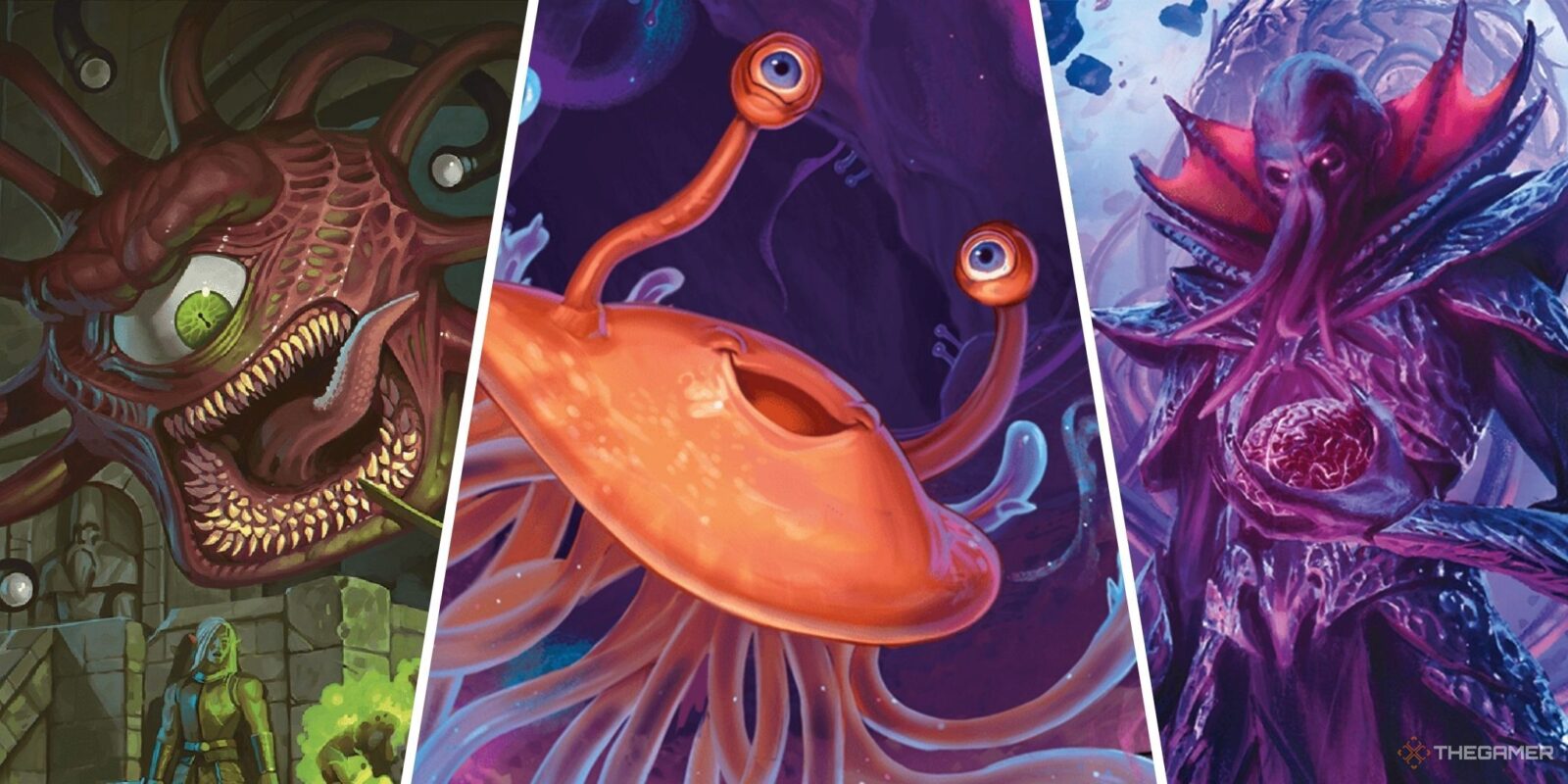
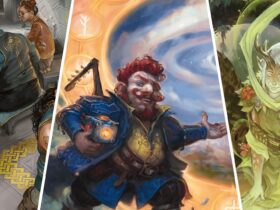
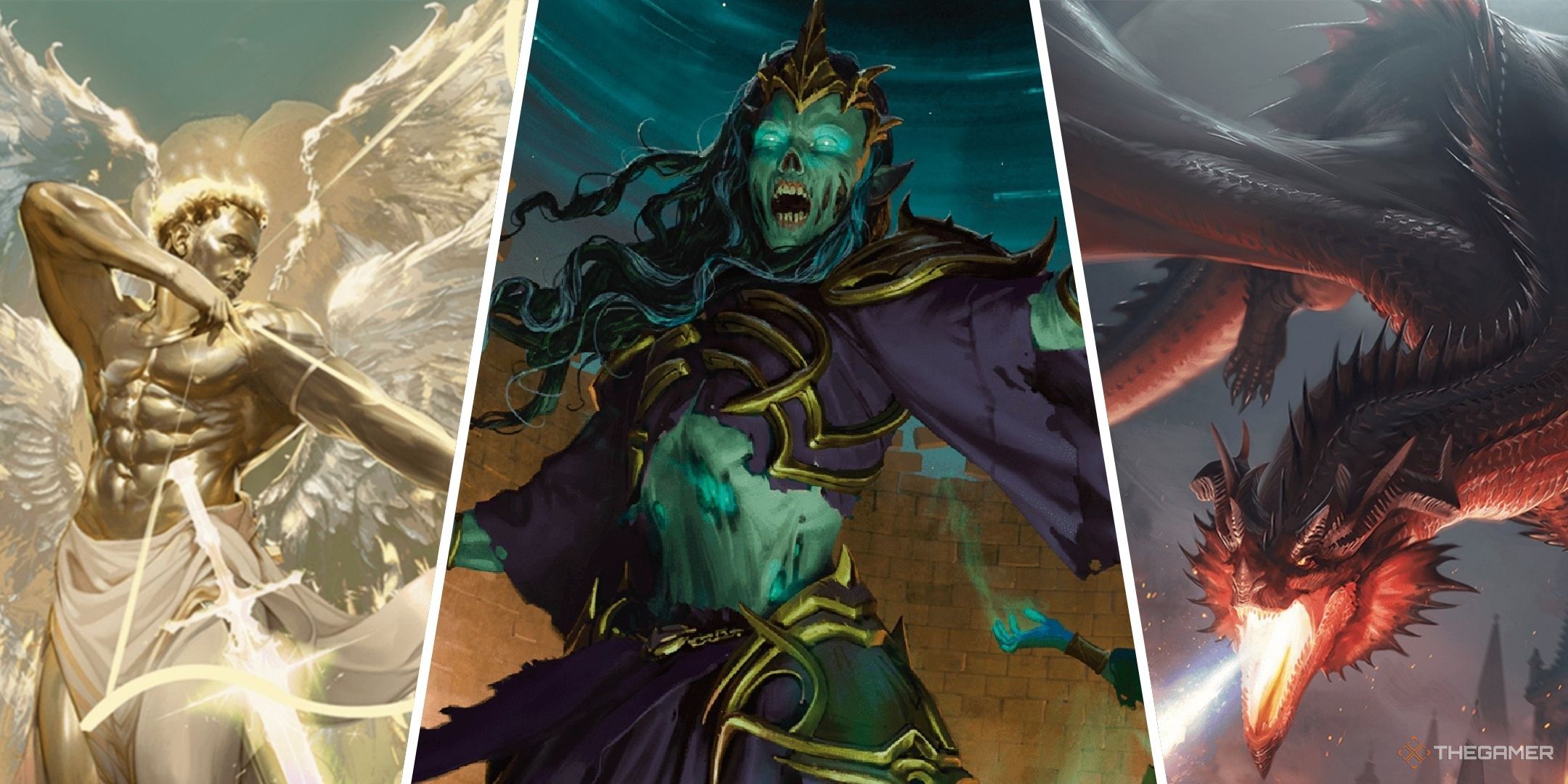
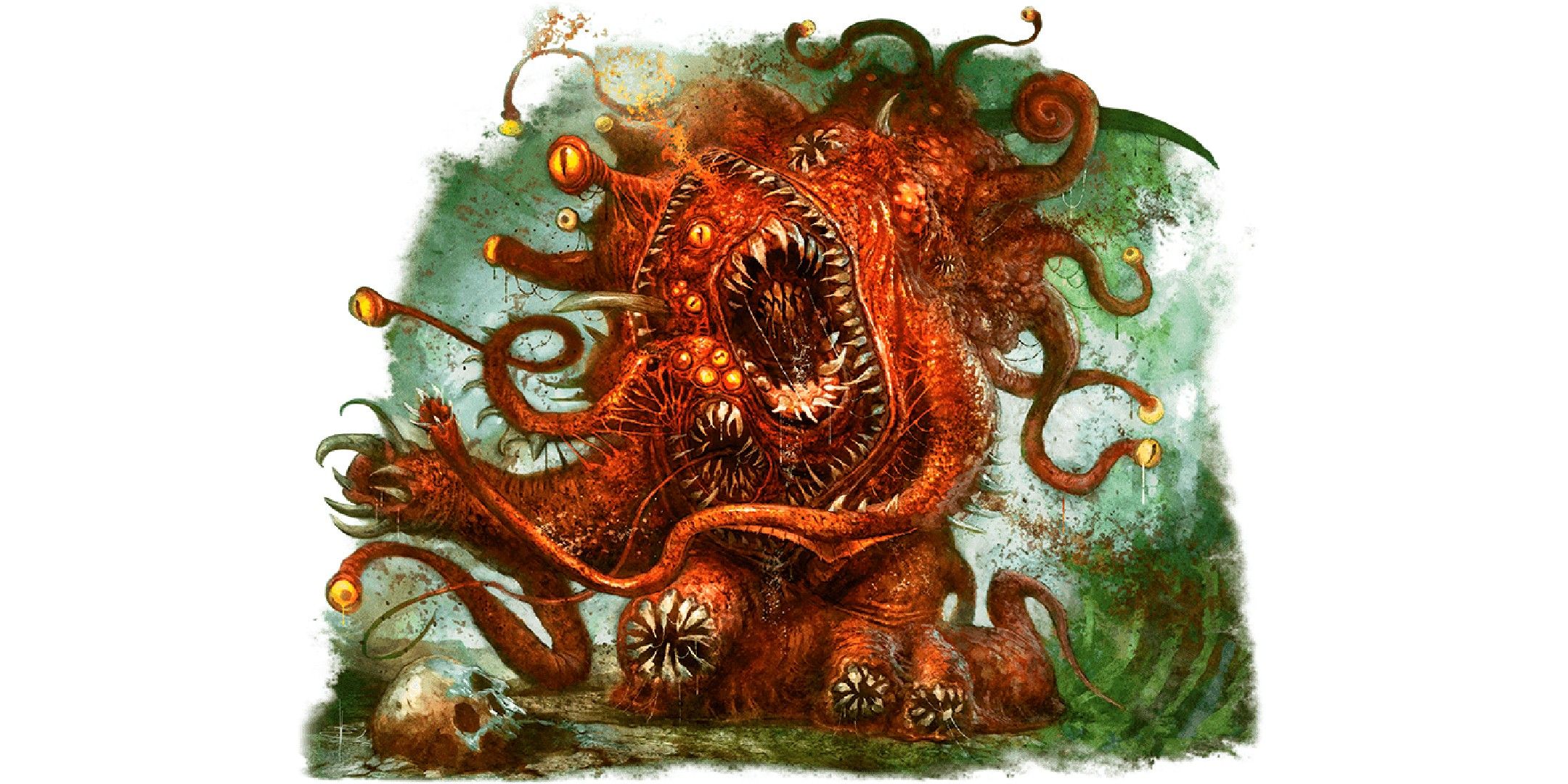
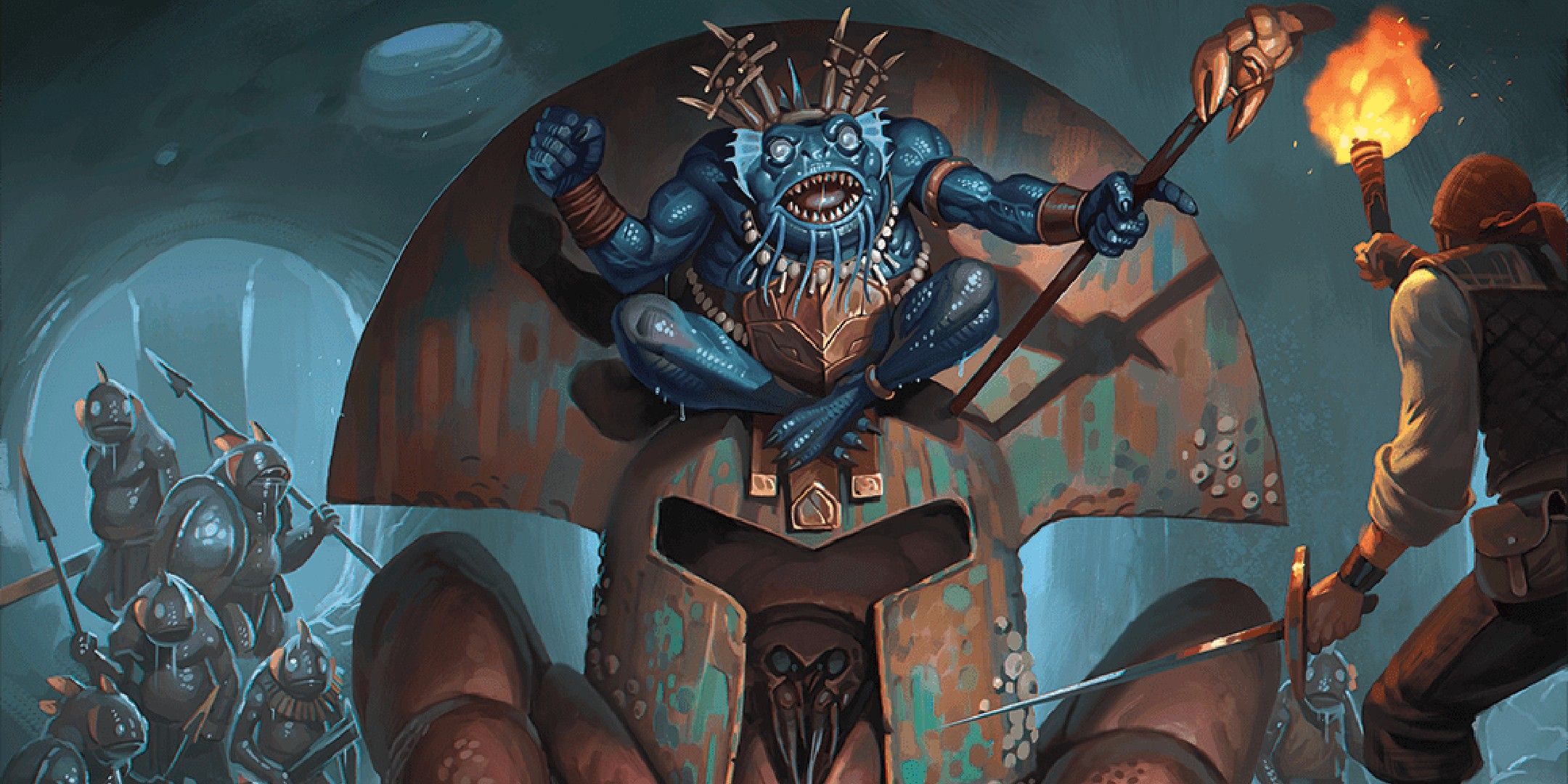
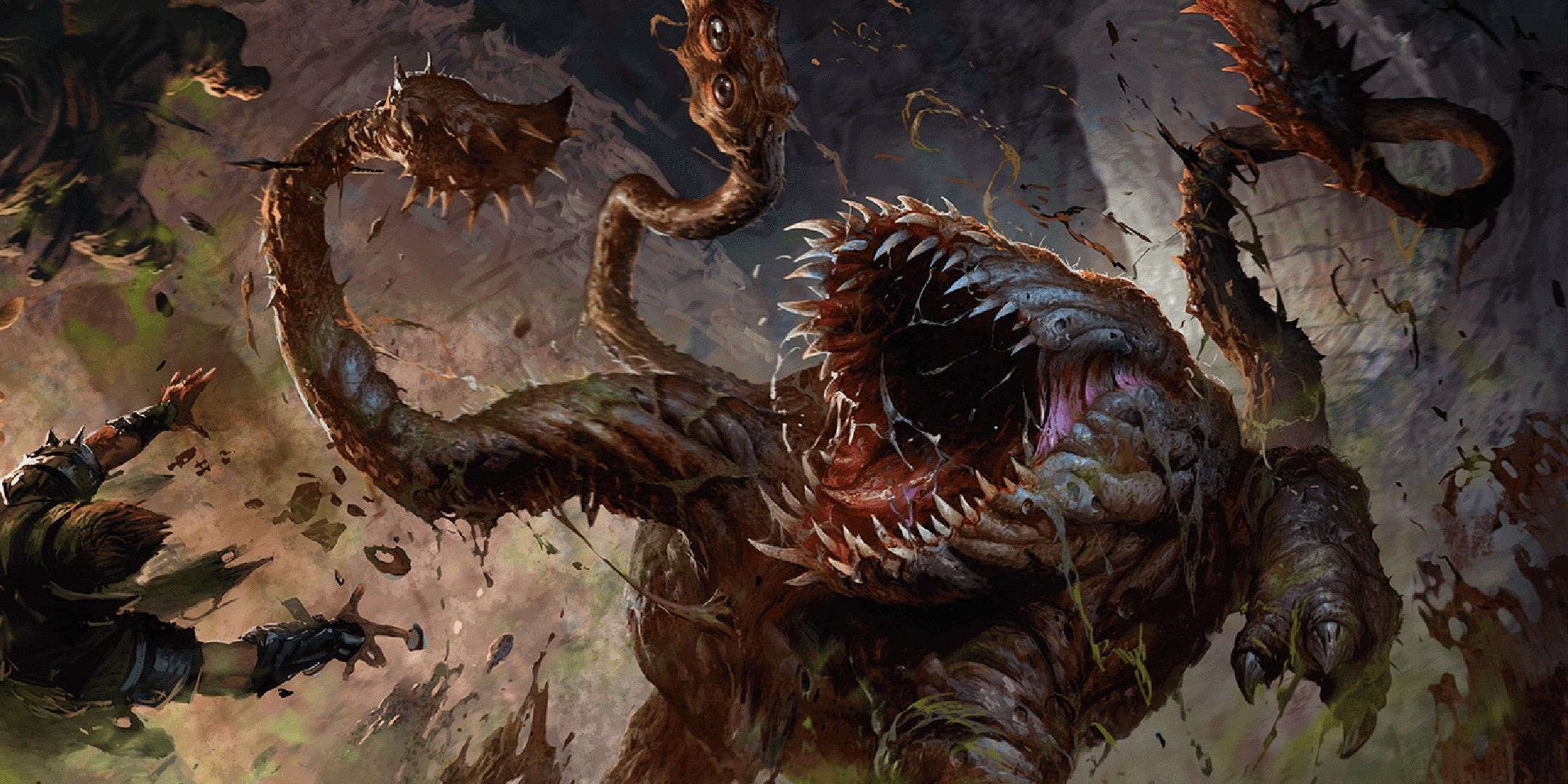
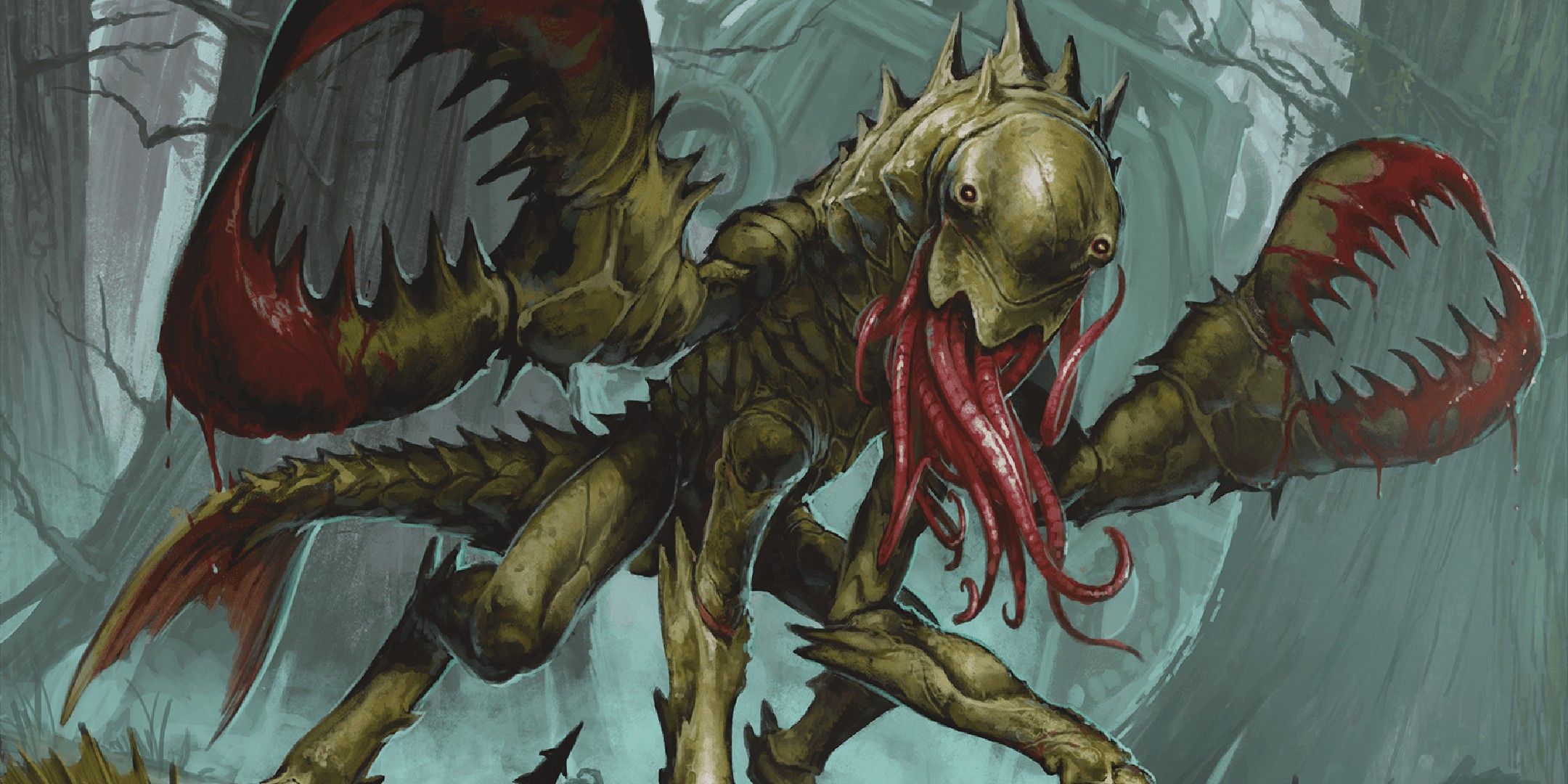
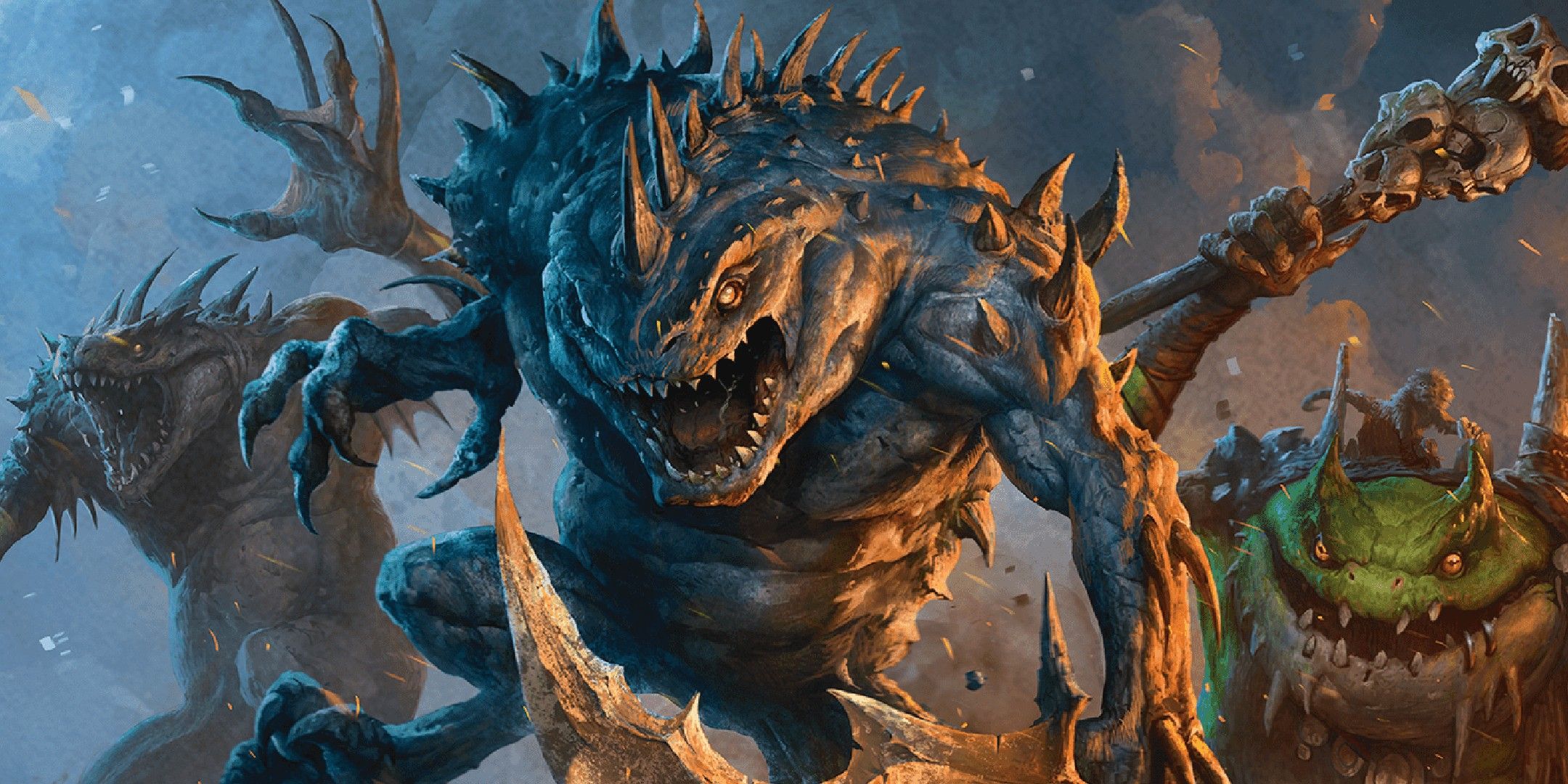
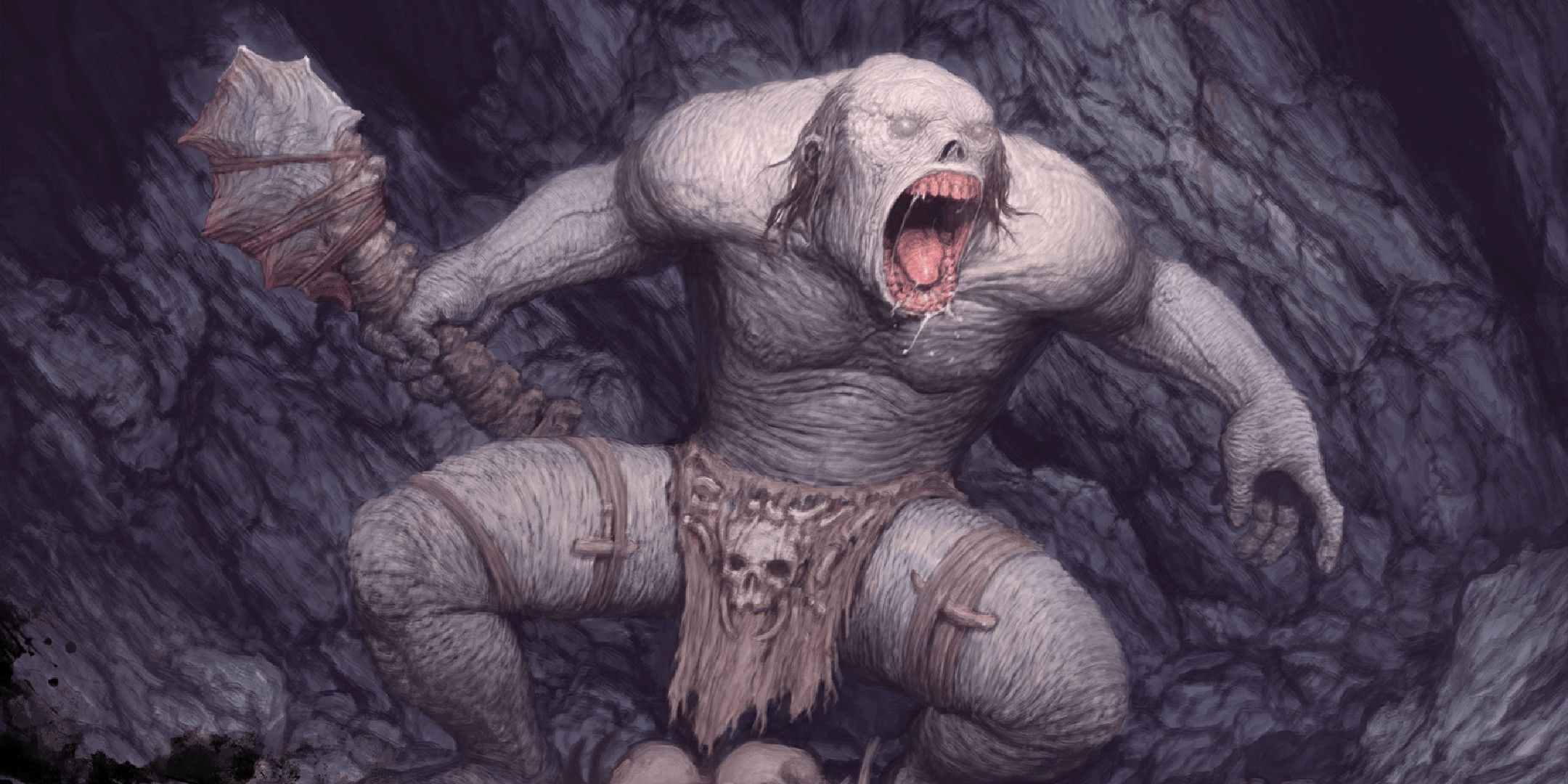
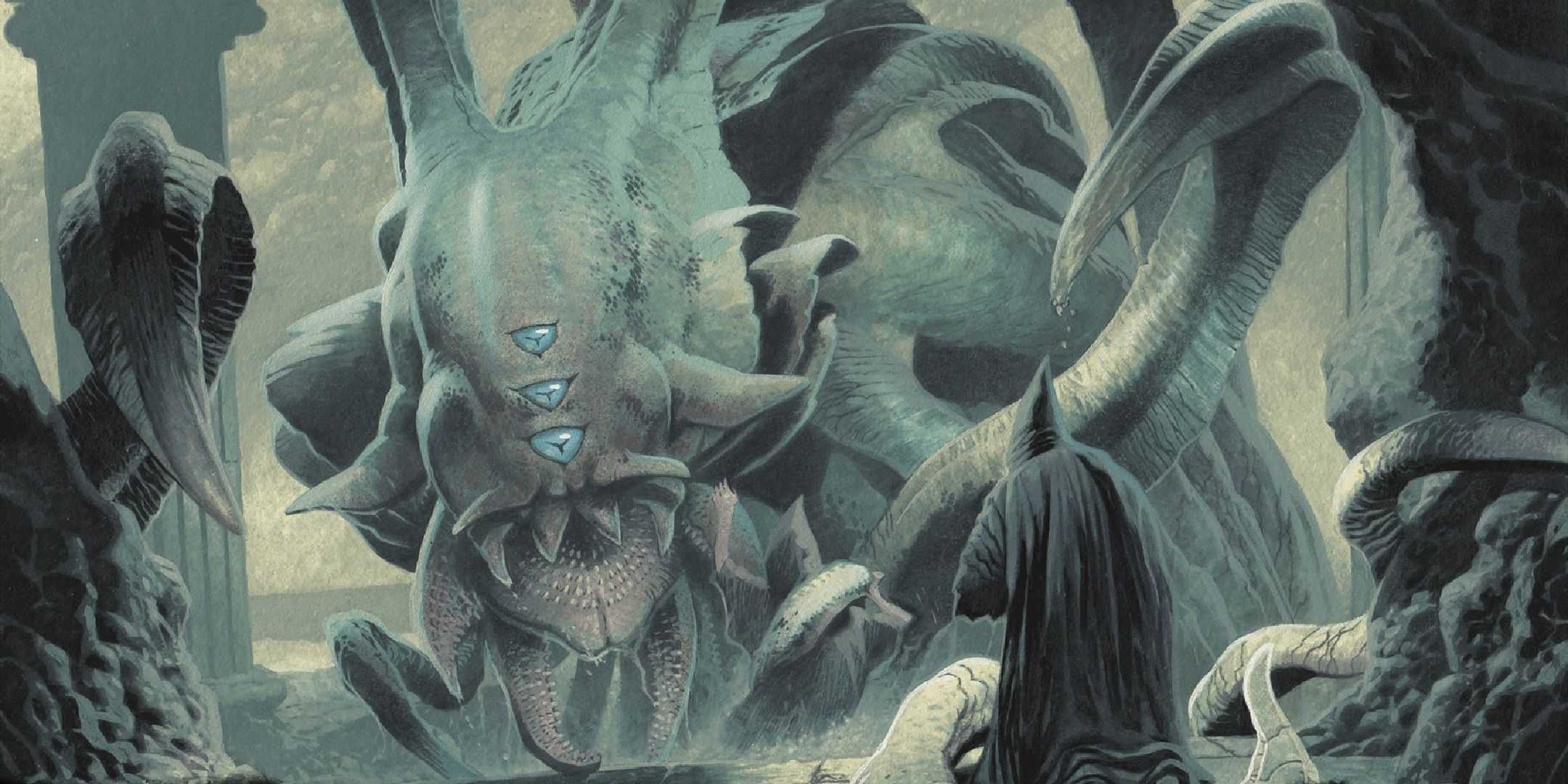
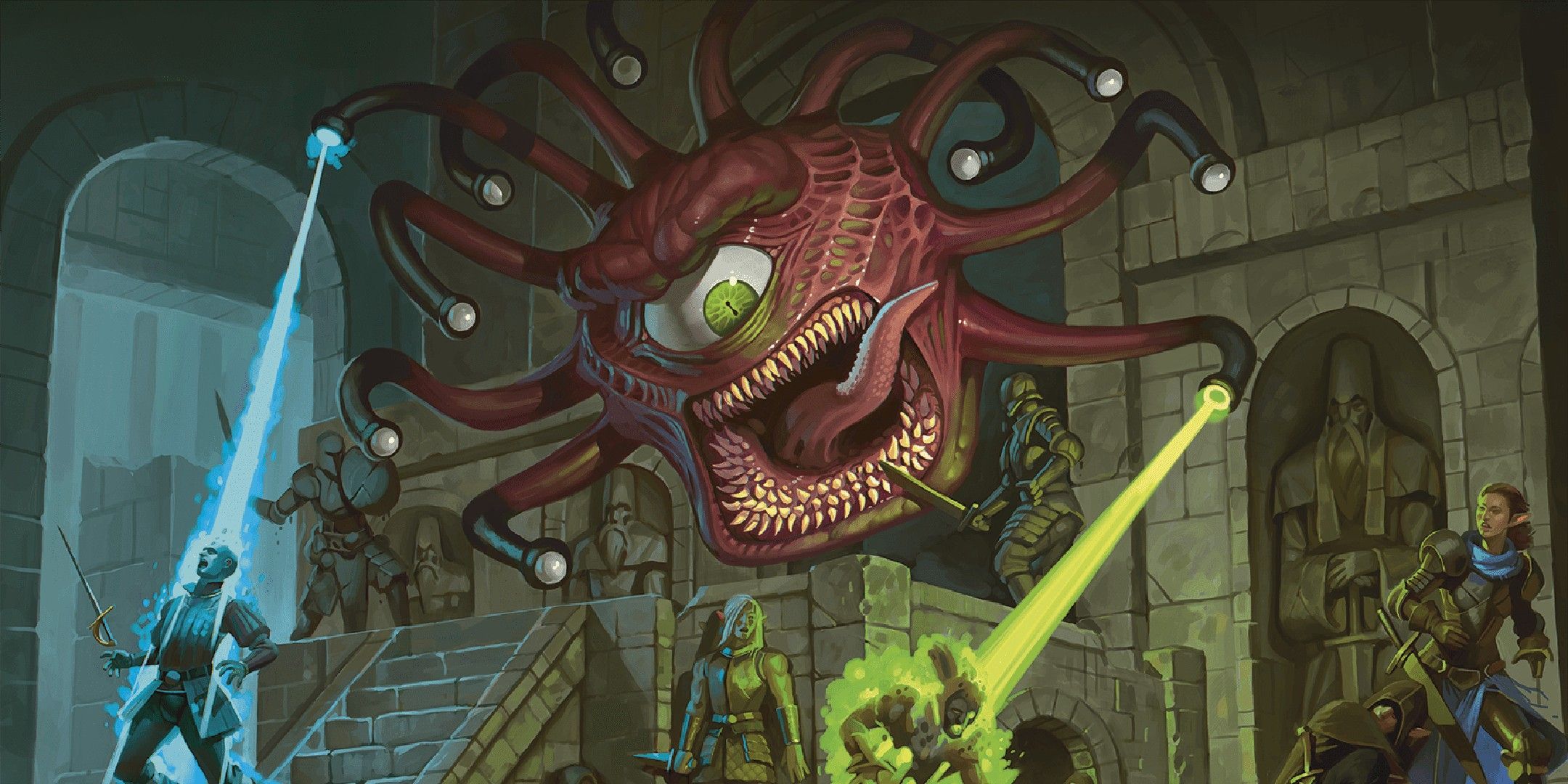
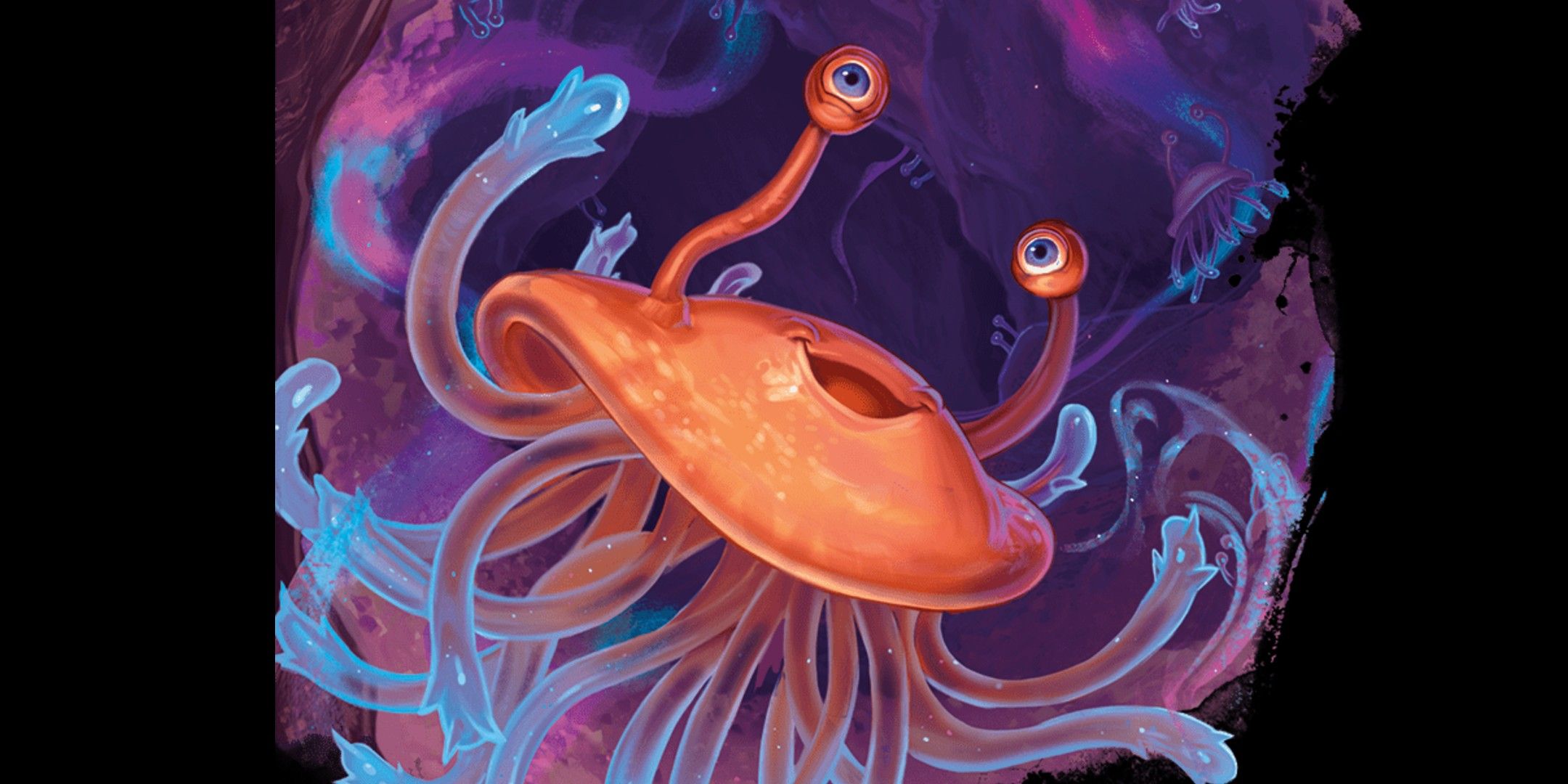
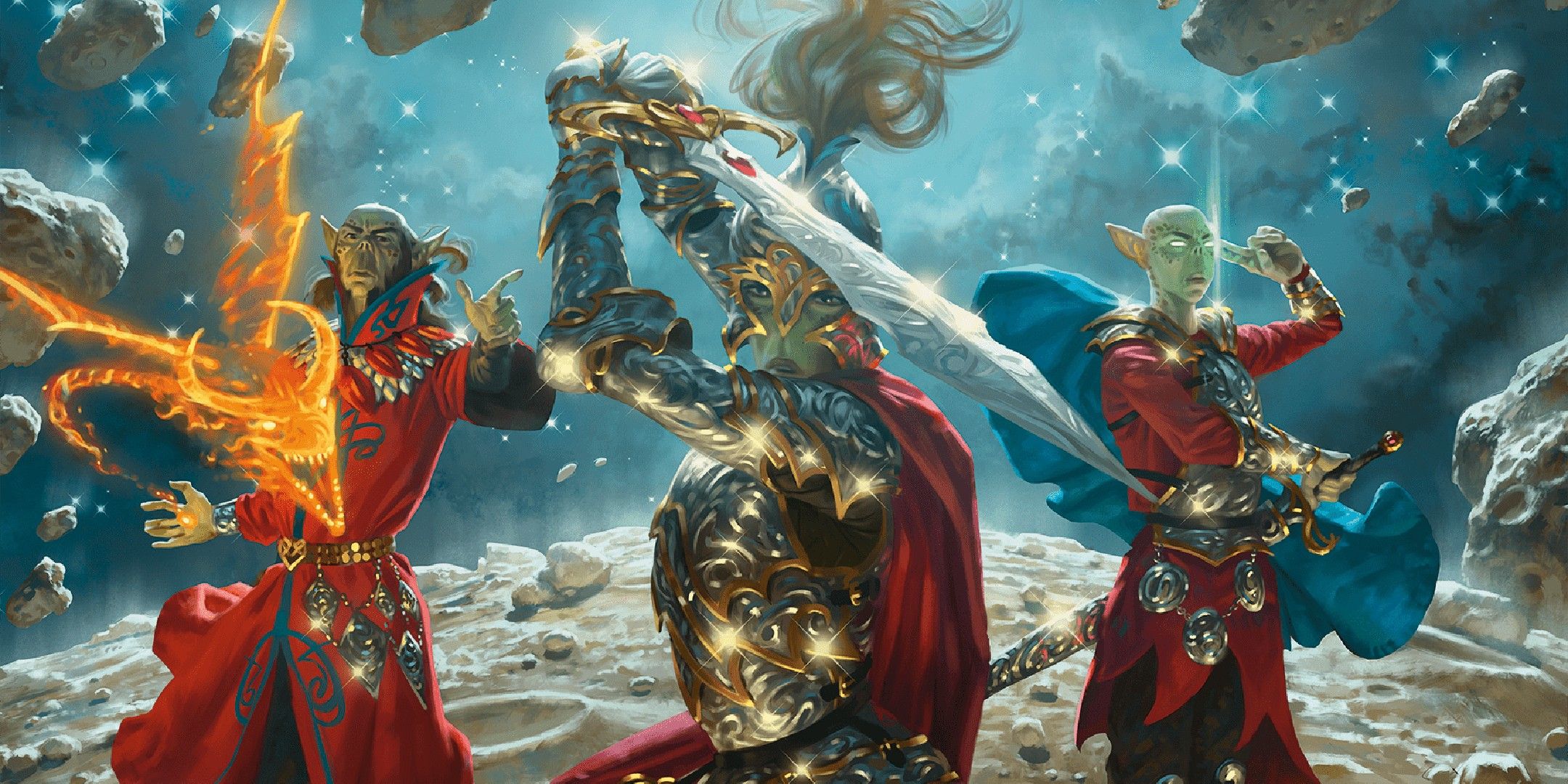
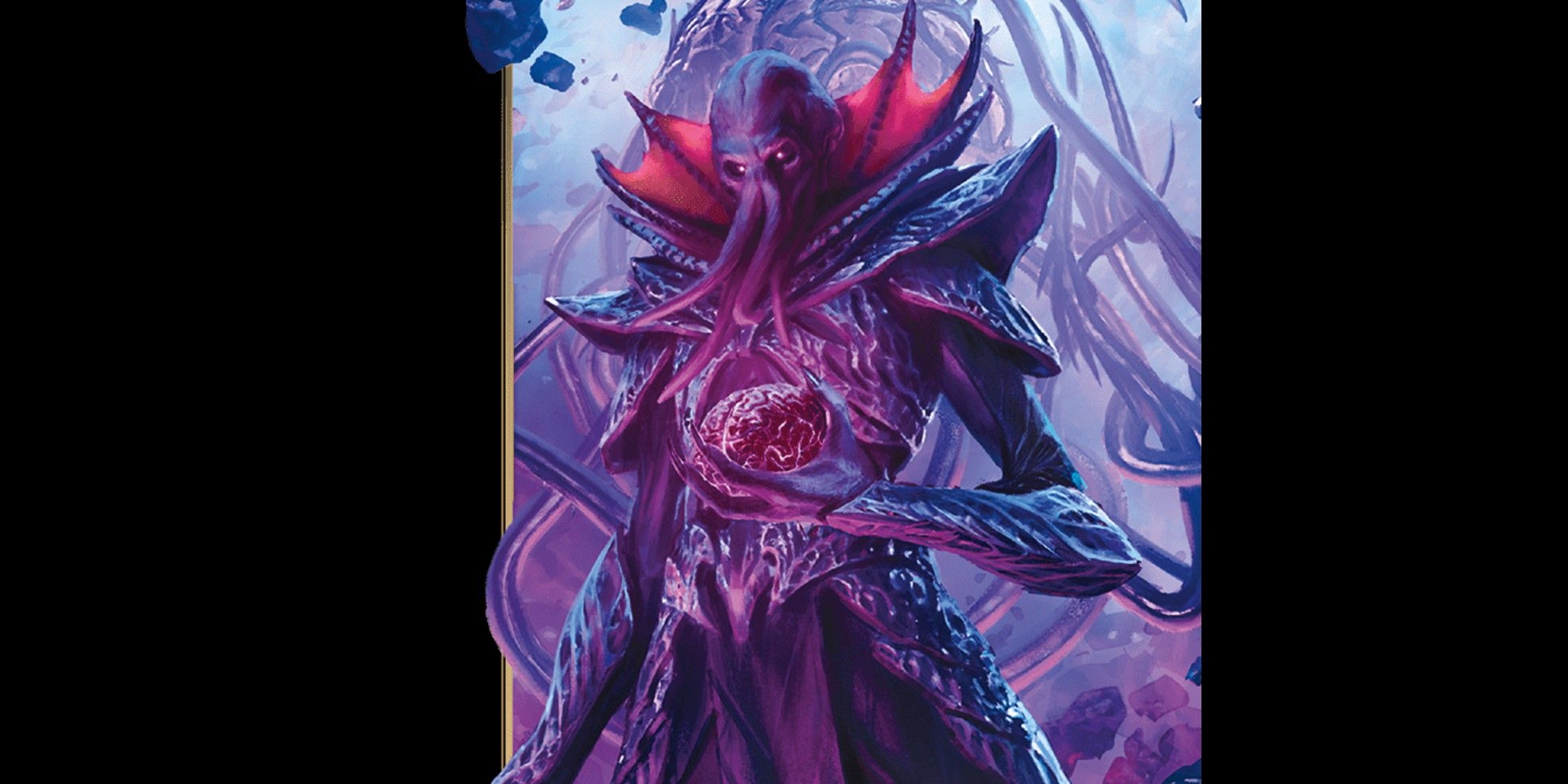
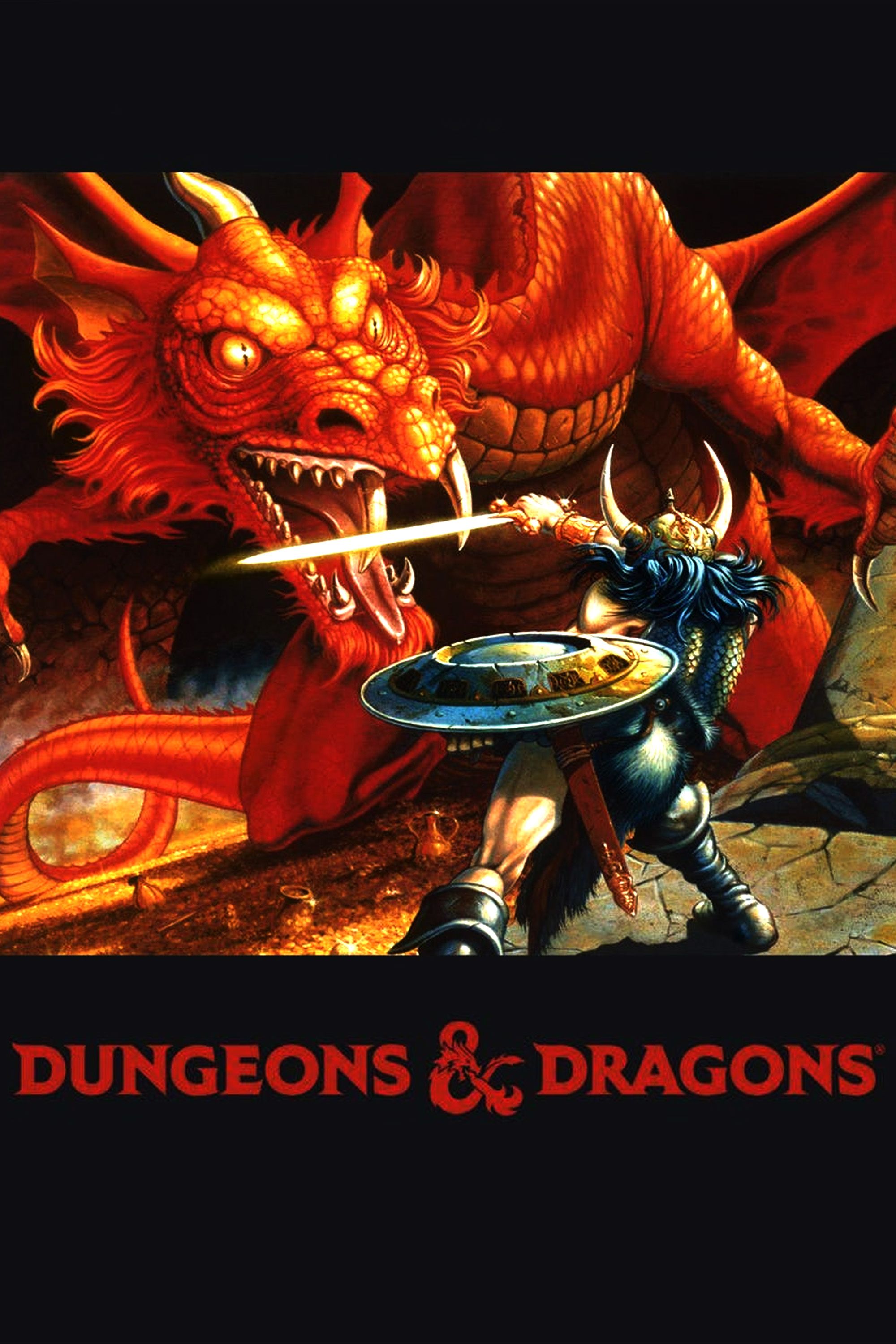




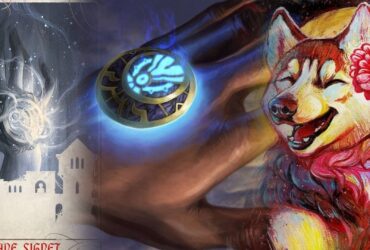
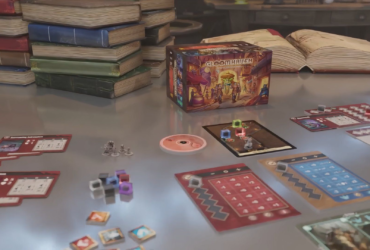


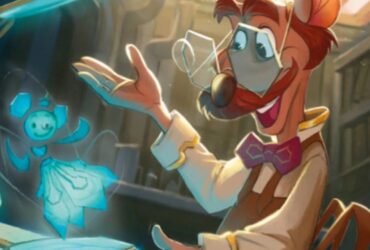
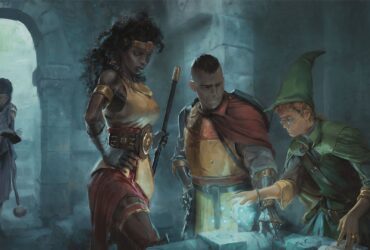
Leave a Reply